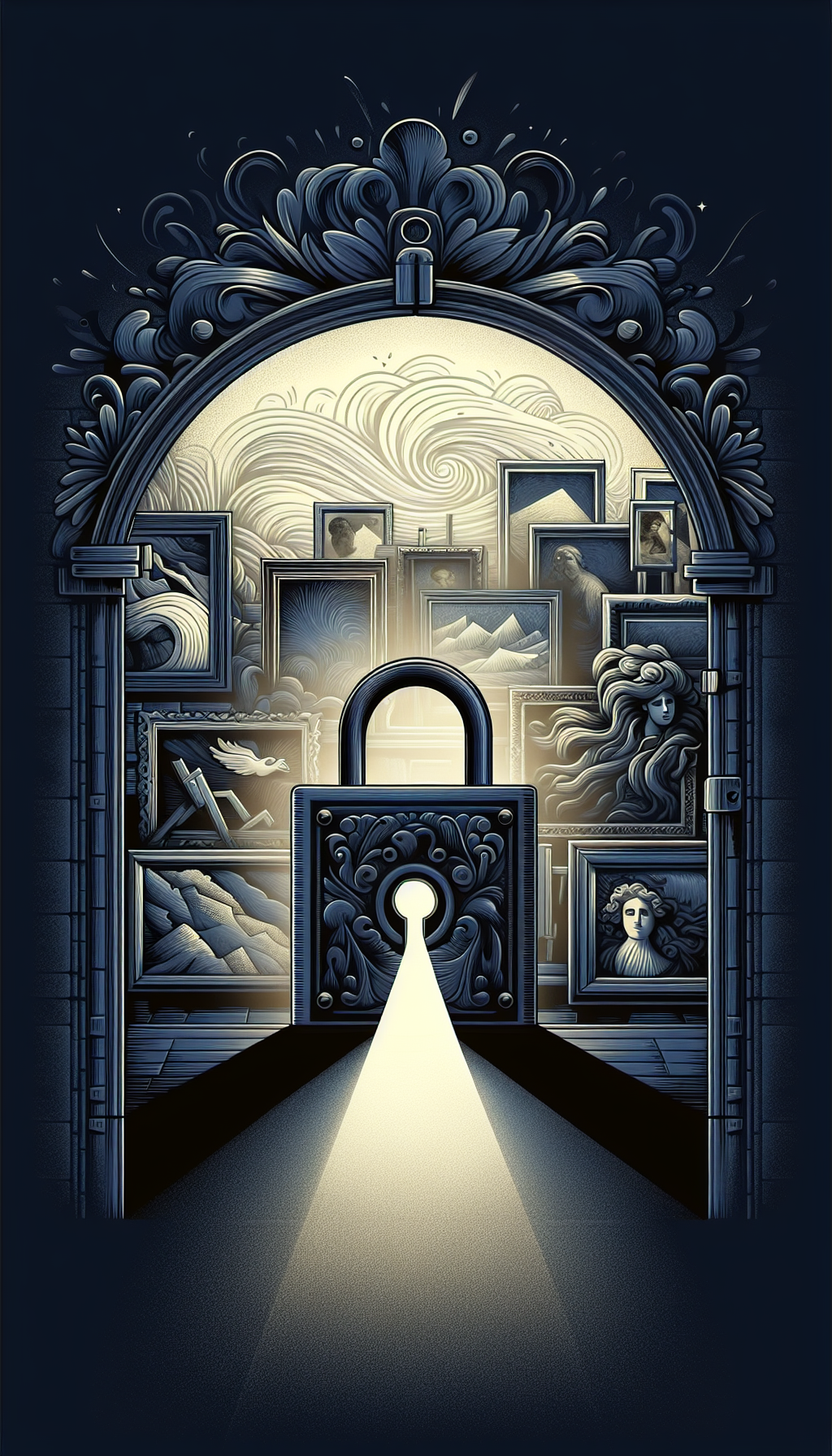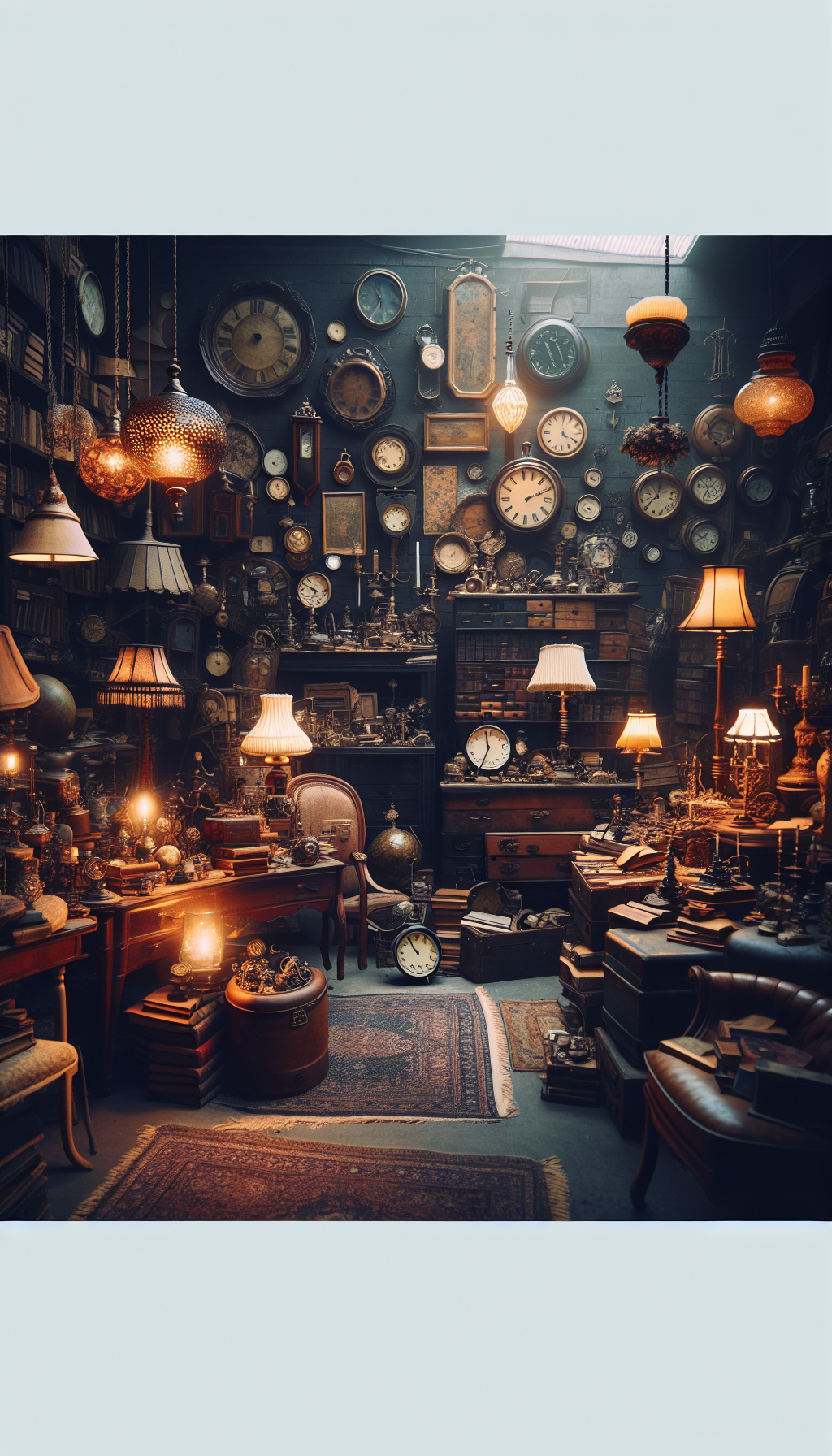Understanding The Core 7 Essential Value Elements Of Art That Every Artist Must Know
If you’ve ever wondered why two equally beautiful paintings achieve wildly different prices—or why one 19th‑century chair commands a premium while another lingers at auction—the answer lies in value drivers. For artists, collectors, and appraisers, understanding these drivers isn’t optional; it’s the framework that determines where a work sits in the market. This article breaks down the seven core value elements used by appraisers and market participants and shows how to apply them with clarity and consistency.
Why Value in Art Differs From Aesthetics Alone
Aesthetic pleasure is only one component of value. Market value in fine art and antiques reflects verifiable facts, comparables, risk, and demand at a specific time and place. Appraisers consider:
- Objective attributes: maker, period, medium, materials, size, condition, completeness.
- Documentary support: authenticity and provenance.
- Market context: comparable sales, channel (auction, gallery, private), geography, and timing.
- Risk factors: attribution disputes, restoration, or gaps in ownership history.
Artists can influence several of these factors from day one. Collectors can preserve or enhance them with thoughtful stewardship. Appraisers weigh them to reach defended values, not guesses. The seven elements below crystallize this process.
The Core Seven Essential Value Elements
1) Authenticity
Definition: The confirmed authorship or origin of a work—who made it, where, and when.
- Fine art: Signature consistency, medium that aligns with the artist’s practice, inclusion in the artist’s catalog raisonné, studio or estate certificates, technical analysis (pigments, supports), and stylistic congruence.
- Antiques: Construction methods, tool marks, joinery, hardware, finish, and material species appropriate to the period and region.
Why it matters: Authenticity is the foundation; value collapses if authorship is unproven. Even minor doubts depress prices because buyers price in the risk of later negative findings.
Artist actionables:
- Sign and date consistently. Use stable media (e.g., graphite/archival ink on verso) and document studio practices.
- Maintain secure records: sketches, progress photos, supply receipts, edition logs for prints/sculpture.
- Provide high-integrity certificates and retain digital backups.
Collector/appraiser tells:
- Seek congruence across signature, materials, documented exhibitions, and literature references.
- Watch for “after,” “school of,” or “attributed to” qualifiers; each reduces value relative to signed, fully authenticated works.
2) Provenance and Documentation
Definition: The ownership history and related records that follow a work over time.
- Evidence includes bills of sale, gallery labels, auction stencils, exhibition catalogs, restoration invoices, letters, and inclusion in scholarly literature.
- For antiques, provenance may include original household inventories, family correspondence, and documented migrations.
Why it matters: Strong provenance lowers risk. It also adds cachet when prior owners are notable, or when a work’s exhibition history situates it within an artist’s career. For some categories (e.g., works with wartime gaps), vetted provenance is essential.
Best practices:
- Keep a paper and digital dossier. Affix removable archival labels rather than writing directly on objects.
- Avoid cutting labels during reframing; keep backs intact where feasible.
3) Rarity and Scarcity
Definition: How uncommon an object is within its category, considering both absolute scarcity and demand-relative scarcity.
- Fine art: Unique works tend to be rarer than editions, but within editions, early pulls, artist’s proofs, or variant states may be scarcer.
- Antiques: Original forms, limited production runs, discontinued patterns, or surviving examples in original condition drive rarity.
Nuances:
- Rarity without demand does not create value; it must intersect with collector interest.
- For prints and photographs, edition size, number printed versus projected, canceled plates, and state differences matter.
- In furniture or clocks, original surface and untouched configurations (not “married” elements) significantly impact rarity.
4) Condition and Conservation
Definition: The physical state of the object and the quality, extent, and reversibility of any repairs.
- Fine art issues: Overcleaning, reline or overpaint, craquelure, tears, varnish discoloration, foxing, mat burn, fading from light exposure, and warping.
- Antiques issues: Replacement parts, structural repairs, reglued joints, refinishing, repolishing that removes patina, veneer losses, and damaged inlays.
Why it matters: Condition affects longevity, displayability, and future restoration costs. Market participants prefer honest aging with minimal intervention. Over-restored objects, even if visually appealing, often lose value due to loss of originality.
Good practice:
- Employ reversible, museum-grade treatments; retain before/after reports and photos.
- Store with stable humidity and temperature. Use UV-filtering glazing for works on paper and photographs.
5) Quality of Execution and Aesthetic Merit
Definition: The degree of technical mastery and artistic excellence evident in the work compared to the maker’s oeuvre and peers.
- For artists, a “signature period” or masterworks typically command premia over student or late works.
- In antiques, craftsmanship—hand-cut dovetails, balanced proportions, carved details—signals quality.
How it shows:
- Composition coherence, confident brushwork, balanced color, and originality of concept.
- In decorative arts, tight joinery, high-grade timber, crisp carving, and tool marks consistent with handwork.
Note: Quality is partly subjective but anchored by comparables. Appraisers cross-check with published exemplars and high-watermark auction results for related works.
6) Historical, Cultural, or Subject Significance
Definition: The importance of the work within broader narratives—artistic movements, technological innovations, social history, or notable commissions.
- Fine art: Works tied to key movements, manifesto periods, or watershed exhibitions carry extra weight.
- Antiques: First-of-type mechanisms, maker innovations, regional styles, or documented use in significant households.
Subject matter:
- Collectors favor certain subjects: portraits of notable sitters, iconic landscapes, or hallmark motifs unique to an artist. In sculpture or prints, iconic series and early concept studies can be especially prized.
7) Market Demand and Comparable Sales
Definition: The current appetite for the category and the evidence of prices for sufficiently similar works.
- Demand fluctuates by artist, school, medium, period, and geography; macro trends matter.
- Comparable sales (comps) should match the subject work on key variables: artist/maker, date/period, medium, size, subject, edition, condition, and sale channel.
Comp selection tips:
- Prioritize recent, arm’s-length transactions from recognized venues.
- Adjust for buyer’s premium when comparing auction results.
- Note outliers (charity sales, forced sales, or results driven by exceptional provenance) and weigh them cautiously.
How Appraisers Use the Seven Elements in Practice
Appraisal isn’t a checklist so much as a weighting exercise supported by evidence. A practical approach:
- Define the object precisely
- Artist/maker, title, date/period, medium/materials, dimensions, signatures/marks, inscriptions, and any serial or edition numbers.
- Assemble evidence
- Condition report, conservation history, provenance documents, literature/exhibitions, and technical analyses.
- Select comparables
- Start with same artist/maker; if insufficient, expand to same school/region/period.
- Match medium, size, subject, and date. For antiques, match form, wood species, construction, and region.
- Use 3–8 strong comps to triangulate a range.
- Adjust and reconcile
- Adjust for condition (e.g., -20% for significant overpaint, +10–15% for exceptional original surface).
- Adjust for rarity within the oeuvre (e.g., early key period vs. late).
- Consider market momentum (rising or cooling segments).
Illustrative weighting (varies by case):
- Authenticity: 25–35%
- Provenance: 10–20%
- Rarity: 10–20%
- Condition: 10–20%
- Quality: 10–15%
- Significance: 5–15%
- Demand/Comps: 10–20%
Note: These are not rigid; a blue-chip artist with watertight authentication might shift weight toward quality and significance, while a vernacular antique may lean heavier on condition and originality.
What artists can do now
- Document every work at creation: title, date, medium specifics, dimensions, high-resolution images, and a unique inventory number.
- Maintain edition discipline: declare edition size up front, track impressions, and destroy/mark plates or molds when editions close.
- Use archival materials and stable processes; note pigments and substrates, especially for mixed media.
- Log exhibitions, publications, and critical reviews as they happen.
What collectors can do now
- Keep purchase documents and correspondence; photograph labels and inscriptions before reframing or conservation.
- Choose conservators who provide written reports using reversible methods.
- Store smart: stable climate, correct supports, and safe lighting.
Red Flags and Risk Adjustments
Appraisers discount value when uncertainties or adverse conditions are present. Common red flags include:
- Inconsistent signatures or inscriptions relative to known examples.
- Works that don’t appear in a comprehensive catalog raisonné when peers do.
- Provenance gaps in sensitive periods (e.g., wartime) without due diligence.
- Over-restoration: relined canvases with heavy overpaint; over-polished furniture erasing patina and tool marks.
- “Marriages” in antiques: tops and bases from different periods joined to look original.
- Material or technique mismatches: pigments not available in the stated period; machine-cut joinery in objects claimed as pre-Industrial.
- Atypical edition practices: unrecorded artist’s proofs or posthumous casts without clear authorization.
Risk handling:
- Seek technical analysis where warranted (e.g., UV, XRF, dendrochronology for panel paintings, metallurgical tests for bronzes).
- Use conservative ranges when material doubts persist, or condition issues are significant.
- In reports, disclose assumptions and cite the specific evidence that underpins conclusions.
Practical Checklist for Artists and Collectors
For artists
- Sign and date consistently; include medium, substrate, and dimensions in a studio log.
- Generate a numbered certificate per work; mirror records in a secure digital archive.
- Control humidity and light in the studio; use archival supports, priming, and varnishes.
- Declare edition size before release; track and photograph each impression or cast.
- Record exhibitions, loans, and publications; archive press and installation photos.
For collectors
- Create a dossier per object: invoices, labels, photos (front/back/details), conservation reports.
- Photograph frames, backs, and under-structure before any intervention.
- Avoid irreversible restorations; insist on treatment reports and keep samples if removed.
- Maintain stable storage: 45–55% RH, minimal UV, clean supports and mounts.
- Review insurance values periodically; align with recent comparables and condition changes.
- When buying, confirm: authenticity opinion, provenance chain, condition issues, and recent comps.
For appraisers and enthusiasts
- Build a comp file with notes on adjustments and reasoning.
- Track market cycles by artist/category; note shifts in taste and liquidity.
- Document all communications with owners, dealers, and conservators in the workfile.
FAQ
Q: How much does a signature add to value? A: A genuine, period-consistent signature can materially increase value by reducing attribution risk. The impact varies by artist and category; for some prints and photographs, a pencil signature is standard and expected. Always pair signatures with corroborating evidence.
Q: Are restored works always worth less? A: Not always. Stabilizing, reversible conservation that preserves originality can protect or even enhance value. Over-restoration, heavy inpainting, or refinishing that removes patina usually reduces value. The quality and extent of treatment—and disclosure—are critical.
Q: Do catalogs raisonnés matter for every artist? A: For artists with active scholarship, yes. Inclusion is a strong authenticity indicator. For living or emerging artists without a catalog raisonné, studio records and gallery documentation fulfill a similar role.
Q: How are edition sizes factored into value? A: Smaller, well-documented editions generally carry higher prices, all else equal. Early impressions, signed proofs, and variant states can command premiums. Posthumous editions without clear authorization are discounted or avoided.
Q: What’s the fastest way to screen a potential purchase? A: Do a quick triage: verify consistent authorship cues (signature, materials), scan for red-flag condition issues, confirm basic provenance, and locate at least three recent, closely matched comps. If those align, proceed to deeper diligence.
Understanding and applying these seven elements—authenticity, provenance, rarity, condition, quality, significance, and demand—transforms valuation from guesswork into a disciplined practice. For artists, it’s a roadmap for building durable value. For collectors and appraisers, it’s the lens that brings the market into focus.




